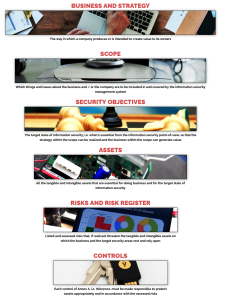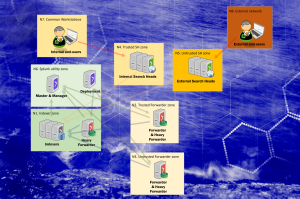Why API Security Is Your Business’s First Line of Defense
Securing your APIs is not just about deploying firewalls or basic authentication—it requires a multi-layered approach that integrates industry best practices and cutting-edge cybersecurity solutions.
We at mint Security believe that the multi-layered approach consists of different stages: having suitable controls in place, understand our code vulnerabilities, identify the loopholes, and finally conduct stress testing
-
ISO 27001
Implementing ISO 27001, which is a Security Blueprint. ISO 27001 is the gold standard for information security management systems (ISMS), and by implementing this framework, organizations can identify and mitigate API security risks proactively, ensure compliance with industry regulations, and establish a culture of continuous security improvement.
-
DAST, SAST, and SCA
Veracode DAST, SAST, and SCA help finding vulnerabilities, and harden your APIs from the inside out, preventing security loopholes from going unnoticed. DAST (Dynamic Application Security Testing) simulates real-world attacks to detect API weaknesses before hackers do, SAST (Static Application Security Testing) scans source code for vulnerabilities early in the development lifecycle, and SCA (Software Composition Analysis) ensures third-party components don’t introduce security flaws into your APIs.
-
DDoS resiliency
DDoS testing using the RedWolf platform to ensure resiliency against scaled attacks. DDoS (Distributed Denial-of-Service) attacks can cripple your APIs, making services unavailable to legitimate users.
-
Penetration testing
Penetration testing simulating hackers attacks on your API infrastructure, identifying vulnerabilities before cybercriminals exploit them. This proactive approach helps businesses to discover weaknesses in authentication and authorization, prevent API abuse and data leaks, and aims to strengthen overall cybersecurity defenses.






